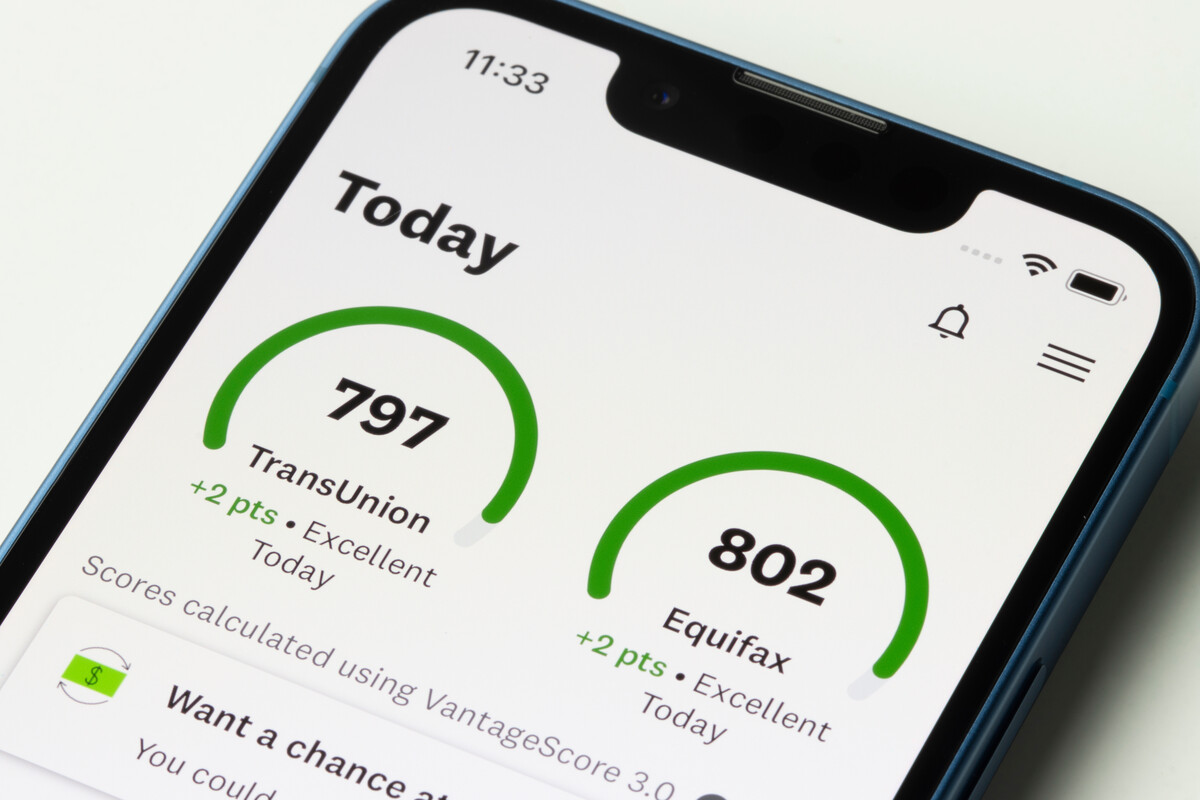
Working capital is the difference between a company’s current assets and current liabilities. It’s a valuable measurement for determining your business’s financial health.
The strategic use of working capital is of paramount importance in any business. But there’s an even more important measurement to consider: the working capital cycle. This will tell you volumes about how you are turning your working capital into cash.
So what exactly is it, and how does it work? Find out all in this guide to the working capital cycle, which includes a formula, interpretations, and strategies that you can start using today.
What Is the Working Capital Cycle (WCC)?
Working capital, sometimes called net working capital, represents the net current assets that are available to the business for its day-to-day operations. It’s a common measurement that businesses use to assess the company’s financial health.
So, what is the WCC? It is the time it takes to convert that net working capital into cash.
This is also sometimes referred to as a cash conversion cycle (CCC), but, although related, there is a distinct difference between the two.
The WCC is the length of time it takes to convert the total current net working capital into cash. Meanwhile, the CCC is the amount of time it takes to complete the purchase-to-sales process
and turn the money invested in operations into cash.
Working Capital Ratio vs Working Capital Cycle
A company’s working capital ratio is the difference between the current assets versus current liabilities on its balance sheet. The WCC on the other hand, reflects the length of time it takes to turn the net current assets into cash.
Working Capital Cycle Components
The WWC consists of three core components: inventory, accounts receivable, and accounts payable. Let’s break these three components down further.
Inventory
Your inventory is one of your most important assets in the business because it represents a primary source of revenue generation. Inventory consists of the raw materials used in production, work-in-progress destined for sale, and finished goods ready for sale.
Accounts Receivable
Accounts receivable is listed on your company’s balance sheet as a current asset. It describes the money owed to your business for goods or services it has delivered but not yet been paid for. When you sell on credit and don’t collect cash at the point of sale, those sale amounts are your accounts receivable.
Accounts Payable
Accounts payable is listed on your company’s balance sheet as a current liability. It describes the money your business owes its creditors or suppliers but has not yet paid. The total sum of all these outstanding amounts owed to your creditors and suppliers is shown as the accounts payable balance.
Steps in the Cycle
The WCC follows the path of turning current assets into cash. And to do this, there are a few crucial steps.
- First, your business purchases raw materials from a supplier. These purchases are often made on credit and contribute to your accounts payable.
- You use those materials to make products to sell to your customers. This is how you build up your inventory.
- Your products are sold to customers, often on credit. These sales on credit contribute to your accounts receivable.
- The customers who purchased the goods on credit, pay you for the goods. Your accounts receivable have been turned into cash.
- Once you receive payment from your customers, you can pay your suppliers what you owe them. Therefore, your accounts payable are settled with the proceeds from your accounts receivable.
Why is it So Important?
The WCC is very important because helps businesses to:
- Determine their efficiency
- Improve their cash flow management
- Understand their financial needs
- Make better financial decisions and improve their creditworthiness
- Meet their short-term financial obligations
What Can Affect the Cycle?
A business’s WCC can be affected by various factors. These include the type of business and its unique operating cycle, the scale of operations, and also any seasonal fluctuations. Because different business types also have unique operating mechanisms, the optimal WCCC will differ.
How to Calculate Working Capital Cycle
A simple working capital cycle calculation gives you insights into how efficient your WCC is. So, how can you calculate the working capital cycle for your business? Here is a formula you can use to determine your own WCC.
WCC Formula
The working capital cycle formula is as follows:
WCC= (Inventory Days + Receivable Days) – Payable Days
Why do we speak of working capital days? The WCC describes the time taken to convert working capital into revenue, by using it to build inventory and sell the final products. Therefore, the formula refers to the number of days this process takes.
Calculation Example
Here is a basic example of a WCC calculation in action in a manufacturing business.
A furniture manufacturing business purchases wood and woodworking products on credit and uses these raw materials to produce furniture items for sale.
It takes 30 days to manufacture the furniture items and then sell them to local furniture stores. But these stores purchase the goods on credit and take 30 days to pay.
Meanwhile, the raw materials suppliers are waiting to be paid. As soon as the furniture stores have paid for the items, the furniture manufacturer pays the suppliers. The terms of their credit agreement stipulated they had to pay for the materials within 30 days.
If we apply the WCC formula, this is how such a scenario would work out:
30 inventory days + 30 receivable days – 30 payable days = 30 days WCC
Positive vs. Negative Working Capital Cycle
In the above example, the WCC was a positive one. But what does that mean? What’s the difference between a positive and negative WCC?
What Is a Positive Working Capital Cycle?
A positive WCC is when a business has more positive cash flow than it has negative cash flow. This is considered a normal WCC in the business world. It happens when a company is waiting to receive payment from customers to pay its bills. The current assets are greater than the current liabilities.
What Is a Negative Working Capital Cycle?
A negative WCC is when a business has more negative cash flow than it has positive cash flow. This is when the current liabilities are greater than the current assets. For example, when a company incurs large short-term debt that its current assets cannot cover.
So, is this always seen as a bad thing? The truth is, it depends on the type of business. Some businesses do fine operating with a negative WCC if they have low inventory and low accounts receivable.
How to Improve the Cycle
If you want to improve your WCC:
- Try adapting your credit terms or your policy on upfront deposits.
- Look for ways to reduce unnecessary expenses.
- Reduce bad debt — the receivables that stand no chance of being collected. If you need a working capital boost, consider a working capital loan.
How to Reduce the Cycle
If you’ve determined that a shorter working capital cycle will benefit you:
- Don’t buy your raw materials in bulk unless you know you can turn them into inventory that is in high demand and fast.
- Refine your sales strategies to sell products faster and reduce your inventory time.
- Incentivize prompt payment and create stricter protocols for slow or late payers.
Why a Shorter Cycle Can Be Beneficial for Your Business
A shorter cycle may benefit you if you struggle to pay your bills on time. But even if this is not your experience, you may still find that a shorter WCC is beneficial for your business.
Short cycles mean that cash is freed up faster, which allows you to adapt to financial emergencies or take advantage of cash opportunities more easily. More readily available working capital can be used to enhance your marketing strategies too.
Nuances in Understanding Working Capital Cycle
The WCC tells you a lot about your business. What is normal or good for one business may spell doom for another. It all depends on your unique circumstance and how you interpret the insights gleaned from your WCC calculations.
When you understand these subtle nuances you will be better prepared to make a success of your business. For example, a shorter inventory turnover period typically indicates high efficiency. The faster you make your products, the faster you can sell them and increase your accounts receivable.
A shorter accounts receivable period can also be beneficial, as it frees up cash faster. When this is a consistent feature of your business, it can mean a regular and reliable cash flow. A prolonged accounts payable period can provide more time to make savvy investments with the cash at hand.
Conclusion
A working capital cycle is a vital business measurement that will show you how efficiently you are turning your working capital into cash. If you don’t have the working capital you currently need to help your business grow and prosper, there’s a solution: a business loan.
The right business loan can boost your working capital and help your business thrive. E-Boost Partners have the expertise to help you access this crucial funding. Contact us today for more information.
FAQs
This cycle is temporary because it refers to current assets and liabilities. Since these are subject to change, your WCC may change with them. But it can give you clues as to your business’s current state of health, which impacts the future of your business.
Without cash flow, you won’t be able to pay your business’s bills, purchase new inventory, scale up, or make investments in the future. By understanding your WCC, you can learn how to regulate your cash flow so that you always have enough on hand.
All industries and sectors have different needs. That means they also have different working capital requirements. This has a direct effect on the WCC. That said, every business has one.





